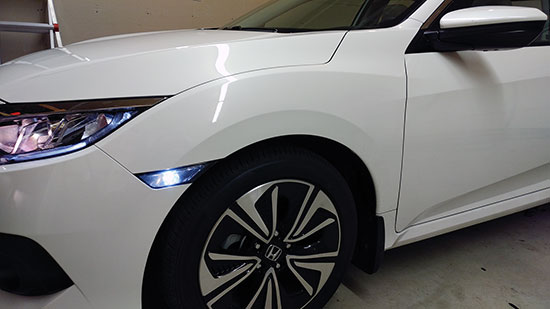Recently, Gentoo Linux put GCC 6.3 (released in December 2016) into the testing branch. For a source-based distribution like Gentoo, GCC is a critical part of the toolchain, and sometimes can lead to packages failing to compile or run. I recently ran into just this problem with Audacity. The error that I hit was not during compilation, but during runtime:
$ audacity
Fatal Error: Mismatch between the program and library build versions detected.
The library used 3.0 (wchar_t,compiler with C++ ABI 1009,wx containers,compatible with 2.8),
and your program used 3.0 (wchar_t,compiler with C++ ABI 1010,wx containers,compatible with 2.8).
Aborted
The Gentoo Wiki has a nice, detailed page on Upgrading GCC, and explicitly calls out ABI changes. In this particular case of Audacity, the problematic library is referenced in the error above: “wx containers”. WX containers are handled by the wxGTK package. So, I simply needed to rebuild the currently-installed version of wxGTK to fix this particular problem.
Hope that helps.
Cheers,
Zach




